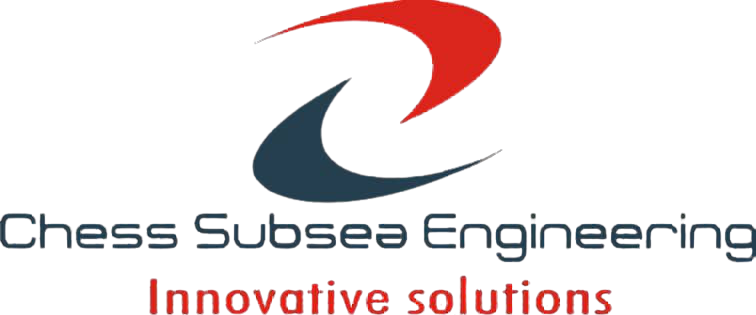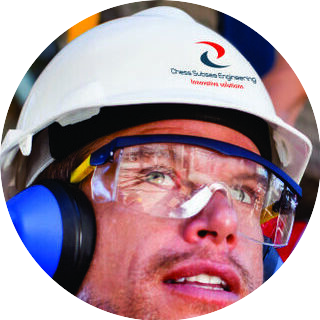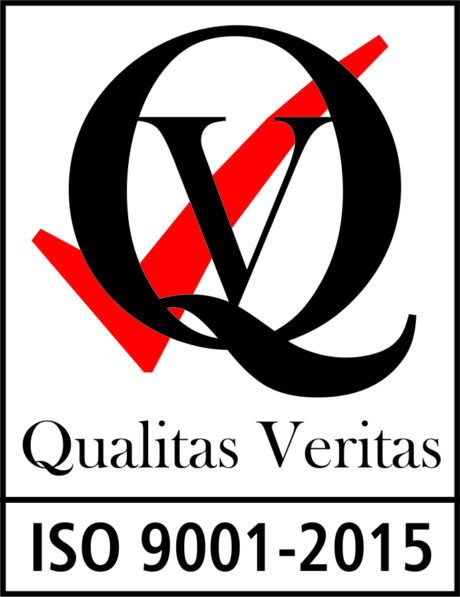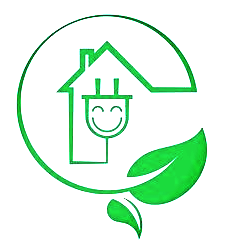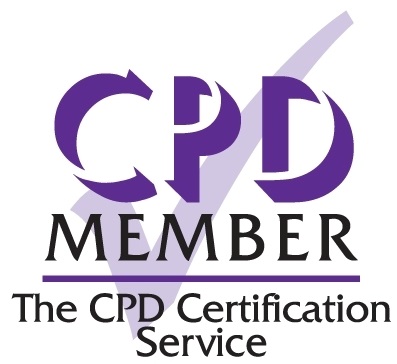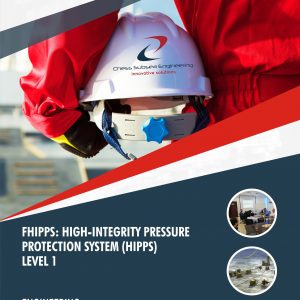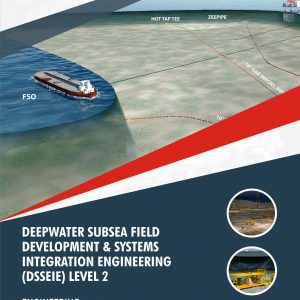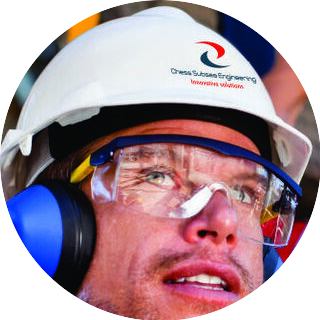Description
SEME Level 1 is an introductory course designed for mechanical engineers seeking to gain a fundamental understanding of subsea engineering, including the design, installation, and operation of equipment and systems used in underwater applications.
SEME Level 2 builds upon the foundational knowledge acquired in Level 1 and provides mechanical engineers with advanced training in subsea engineering, focusing on specialized topics such as subsea risers, flowlines, umbilicals, and subsea production systems.
Both Level 1 and Level 2 of SEME cover essential aspects of subsea engineering, including the principles of subsea equipment design, material selection, corrosion protection, installation techniques, maintenance strategies, and risk assessment in subsea operations.
SEME Level 1 aims to familiarize mechanical engineers with the basic concepts and terminology of subsea engineering, enabling them to understand the challenges and considerations involved in designing and operating equipment in underwater environments.
SEME Level 2 aims to enhance the expertise of mechanical engineers in subsea engineering, equipping them with advanced skills and knowledge required for tackling complex subsea projects, including the design optimization, integrity management, and troubleshooting of subsea systems.
Subsea Engineering for Mechanical Engineers (SEME) Level 1 & Level 2 explores all the major aspects of subsea control hydraulics, operations mechanics, hydraulic components such as Hydraulic Pumps, Hydraulic Fluid, Transmission Line / Piping , Accumulators, Directional Control Valves, Actuators, Valves, Filters, Check Valves etc.; subsea control fluids properties, subsea production control fluids selection & chemical makeup, BOP control fluids and chemical make ups etc.
Course Outlines
Subsea Production Systems
Subsea Field Architecture
Subsea Distribution Systems
Subsea Control Systems
Hydraulic Power System Operation Mechanism
Hydraulic Pumps
Hydraulic Fluid
Transmission Line / Piping
Accumulators
Directional Control Valves
Actuators
Valves
Filters
Check Valves
Subsea Control Fluid Properties
Lubrication And Anti-Wear
Corrosion Protection
Bacterial Protection
Stability
Compatibility
Environmental Profile
Cleanliness
Equipment Qualification
Field Experience
Fluid Types
Chemical Make-Up
Manufacturers
Future of Subsea Production Hydraulic Fluids
Chemical Make-Up
Manufacturers
Future of Deepwater BOP Hydraulic Fluids
Technical Support References
Ref 1: Subsea Production Systems
Ref 2: Subsea Field Architecture
Ref 3: Subsea Distribution Systems
Ref 4: Subsea Control Systems
Ref 5: Subsea Hydraulic Power System
Ref 6: Subsea Control Hydraulics Components
Ref 7: Subsea Hydraulic Distribution System
Ref 8: Subsea Hydraulic Control Modules
Ref 9: Subsea Control Fluids
Ref 10: Subsea Production Control Fluids
Ref 11: Subsea Blow Out Preventer (BOP) Fluids
Ref 12: Subsea robotics
Ref 13: Subsea Project Management
Assessment
Participant underpinning knowledge of offshore & subsea hydraulics at Level 1 & Level 2 shall be accessed with short answer multiple-choice questionnaire and case studies at the conclusion of the course.
Outcome
Participants will gain an in debt understanding of deepwater hydraulics operations at level 1 & Level 2. They will also be able to function with minimum supervision as Subsea Production Systems and Services (SPS&S) Systems Engineer for IOCs, offshore & subsea systems service contractor, vendor or installation company.
Professional Certificate
Issued directly by Chess Subsea Engineering Europe.
Participant may be presented for Offshore Petroleum Training Organization (OPITO) Certification.
How to Register
Click here to download registeration booklet on msword and email completed booklet to info@chesssubseaengineering.org directly.
